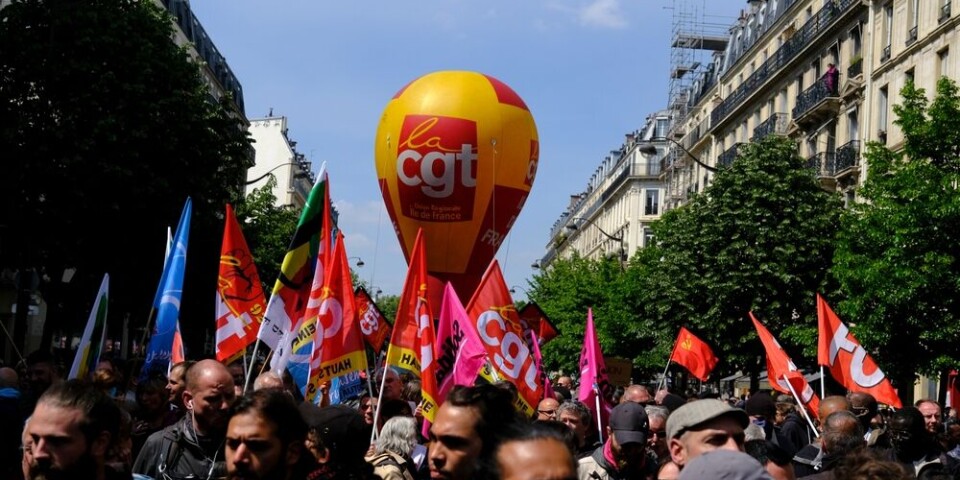Egg consumption is soaring in France – having jumped by 5.9% in July this year alone – leading to a lack of supply on some supermarket shelves.
People in France eat more eggs than anyone else in Europe, figures show, at an average of 226 over the year per person in 2024.
This includes eggs found in other products such as bakery goods, pasta, etc.
One organic producer, Guillaume Gousseau, has seen his farm growing exponentially since it opened five years ago.
He told FranceInfo that he first had 1,000 laying hens, but increased that by 1,000 just 18 months later.
Now, he is aiming to have 5,000 hens by the end of the year, and is working increasingly with supermarkets and larger retailers.
Overall, France produced 15.4 billion eggs in 2024, making it the leader in Europe, states professional body le Comité National pour la Promotion de l’Œuf (CNPO).
Its head, Alice Richard, also confirmed to RFI that demand has shot up in the past few months.
Egg shortage
Demand has risen so much that producers and shops are struggling to meet it, particularly as most French distributors are keen to avoid using imported eggs.
One major producer, in Vendée (Pays de la Loire), already packages a million eggs every day, but is aiming to increase that by 20% by the end of the year.
To this end, it has invested €19 million to modernise its facilities and enable this higher production level.
Nationwide, French producers need to supply an extra 350 million eggs per year if they are to meet the growing demand and avoid turning to imports.
This is because imports can come from countries that do not have the same stringent standards and rules around animal welfare and health as France.
“The sovereignty rate for eggs in our country currently stands at 99% – we want to keep it at least at that level,” the CNPO has stated, as reported by specialist magazine Poultry World.
Currently, the regions of Brittany and Pays de la Loire account for 66% of poultry production in France, with France the leading egg producing country in the EU, and the second-highest producer of organic eggs, after Denmark.
Two-thirds of eggs in France are now raised as free-range, organic, or in barns, rather than cages, reports the CNPO.
Legislation, including from the 2018 Egalim law, also requires all new facilities to be cage-free.
Yet, the organisation is pushing for some changes to rules to enable the country to increase production even more, such as enabling major farms to have 60,000 laying hens instead of the current limit of 40,000.
The CNPO states that for a farmer to make a living from egg production alone, they need to have 30,000 laying hens.
MP Nicole Le Peih, who is also a farmer, recently told Agriculture Minister Annie Genevard that “farmers are ready to meet this growing demand, but they are coming up against obstacles”.
She said that even farmers who submit plans for compliant, open-air farms are faced with blocks, and fierce opposition from animal welfare groups, which typically oppose such expansion claiming that the hens are still usually kept indoors, in the dark, without enough space.
Why is egg consumption rising so much in France?
One suggestion is why egg consumption is increasing is that they are a relatively affordable source of protein, with consumers turning towards them at a time when food prices increased and meat became more expensive.
Food prices became particularly high during the inflationary period of 2022 onwards, when inflation saw increases of as much as 20%.
Consumer habits appear to have stuck, even as inflation has eased.
The average price per egg is just 26 cents, meaning that a three-egg omelette would cost less than €1, making it much cheaper than the equivalent amount of protein in chicken or beef.
The CNPO also believes that reports of severe egg shortages in the US, which has suffered from outbreaks of bird flu and empty shelves as a result, caused many in France to stockpile more than usual.
In France, chickens have managed to avoid the worst of bird flu in recent years due to the country’s vaccination programme for ducks (which spread the disease the most among the bird population).
Yet, it is still always a concern; in 2022, tens of millions of birds were slaughtered during an outbreak.




























